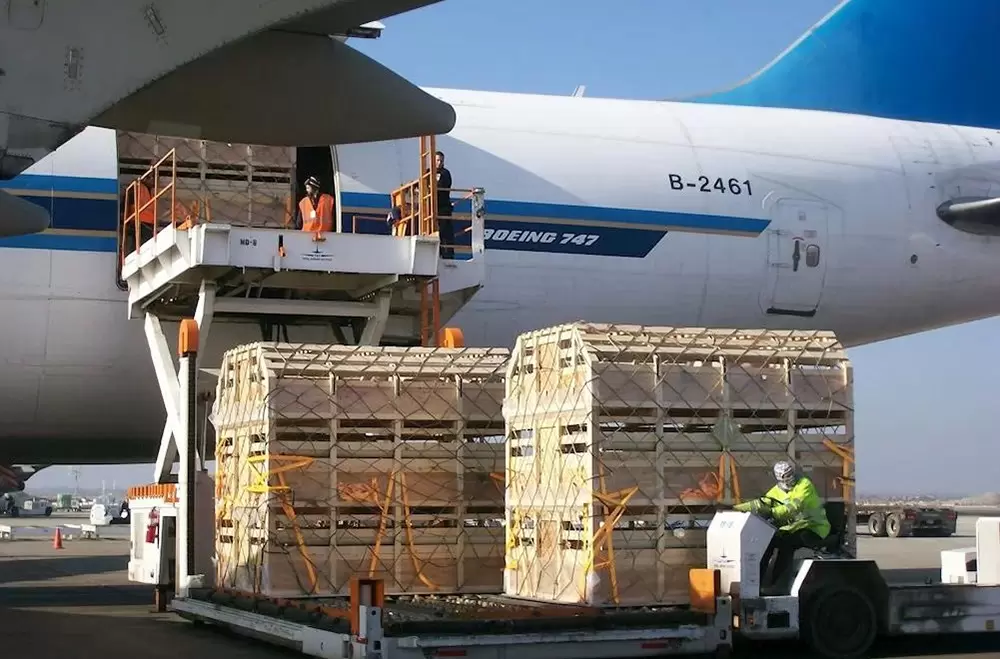In an increasingly interconnected world, the choice of transport mode is pivotal not only for individual travelers but also for businesses aiming to optimize logistics and supply chains. The question of which transport mode is considered the cheapest is multifaceted, influenced by various factors including distance, cargo type, speed requirements, and regional infrastructure. This article delves into the economics of different transport modes, providing a comprehensive analysis to help readers make informed decisions.
Understanding Transport Modes
Transport modes can be broadly categorized into four main types: road, rail, air, and maritime. Each mode has its own cost structure, advantages, and limitations.
- Road Transport:
- Cost Structure: Road transport is often perceived as flexible and accessible, allowing for door-to-door delivery. However, costs can vary significantly based on fuel prices, vehicle maintenance, tolls, and labor.
- Economics: For short distances and smaller loads, road transport can be economical. However, as distance increases, the cost per mile can escalate, making it less competitive for long-haul transport.
- Rail Transport:
- Cost Structure: Rail transport is generally more cost-effective for bulk goods over long distances. The fixed costs associated with rail infrastructure can be high, but the marginal cost of transporting additional cargo is relatively low.
- Economics: Rail is particularly advantageous for heavy and bulk commodities like coal, minerals, and agricultural products. The economies of scale achieved in rail transport can lead to significant cost savings, especially for large shipments.
- Air Transport:
- Cost Structure: Air freight is the fastest mode of transport but comes with a premium price tag. The costs associated with air transport include fuel, airport fees, and the high operational costs of aircraft.
- Economics: While air transport is not typically the cheapest option, it is invaluable for high-value, time-sensitive goods. For businesses dealing in perishable items or urgent deliveries, the cost may be justified despite the higher rates.
- Maritime Transport:
- Cost Structure: Maritime transport is often the cheapest mode for international shipping, especially for large volumes of goods. The costs are influenced by port fees, fuel, and the size of the vessel.
- Economics: Container shipping has revolutionized global trade, allowing for the transportation of vast quantities of goods at a lower cost per unit. However, the trade-off is longer transit times compared to air and road transport.
Comparative Analysis: Cost-Effectiveness of Transport Modes
To determine which transport mode is the cheapest, one must consider several key factors:
- Distance: For short distances, road transport may be the most economical. However, for long distances, rail and maritime transport typically offer lower costs per ton-mile.
- Cargo Type: The nature of the cargo plays a crucial role. Bulk commodities are best suited for rail or maritime transport, while high-value or perishable goods may necessitate air transport despite the higher costs.
- Volume: Larger shipments benefit from economies of scale, making rail and maritime transport more cost-effective options.
- Time Sensitivity: If time is a critical factor, air transport may be the only viable option, albeit at a higher cost.
Conclusion: The Verdict on Cost-Effectiveness
In conclusion, while maritime transport often emerges as the cheapest mode for bulk goods over long distances, the overall cost-effectiveness of a transport mode is contingent upon various factors including distance, cargo type, and urgency. For businesses and individuals alike, a thorough analysis of these elements is essential to make informed decisions that align with their logistical needs and budget constraints.

